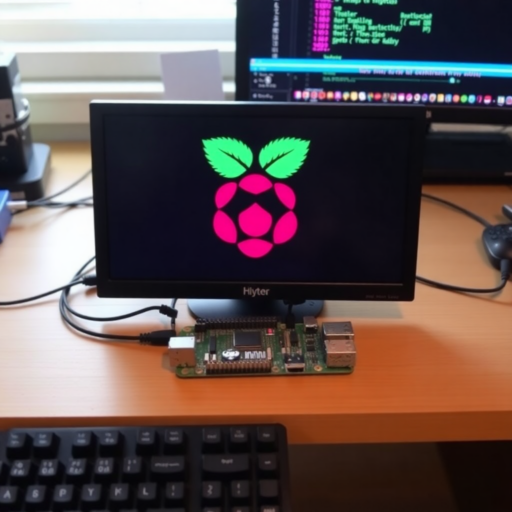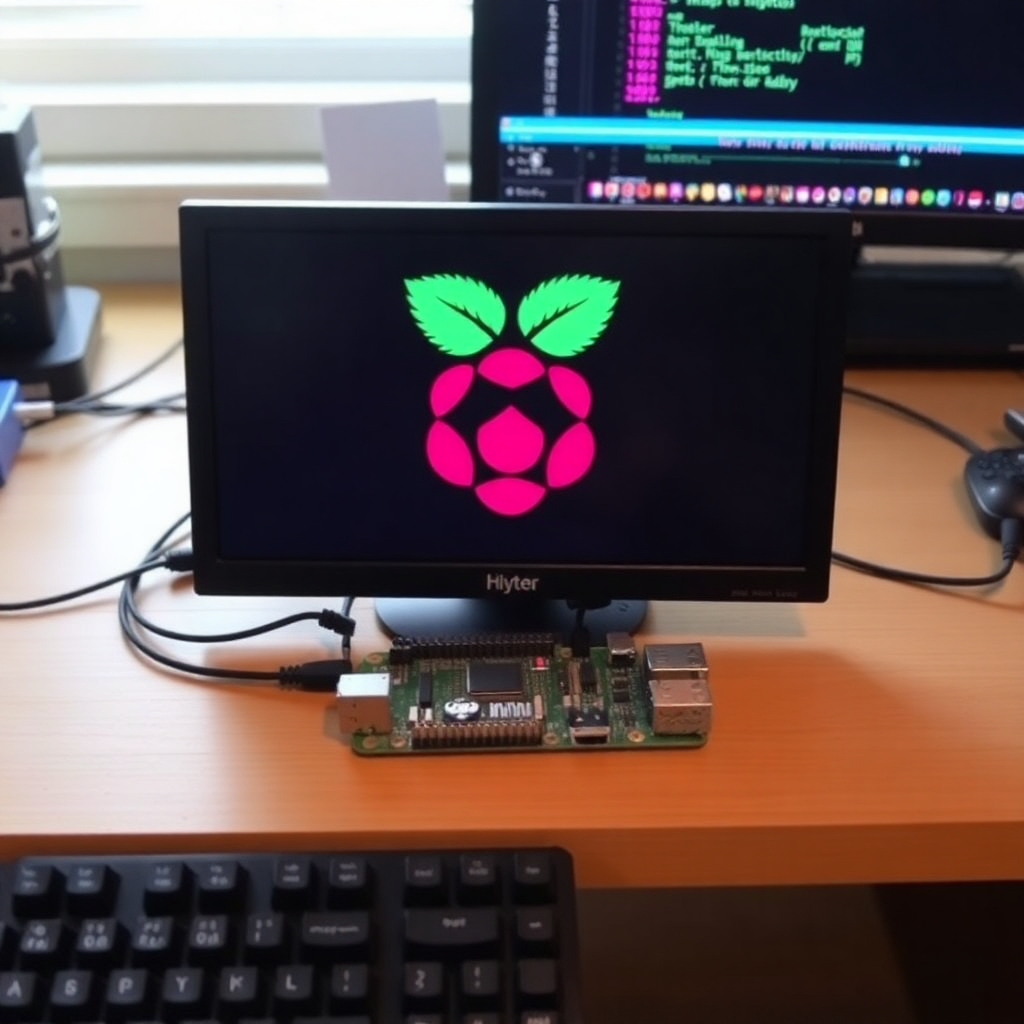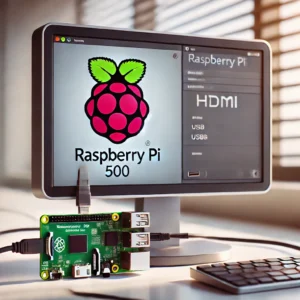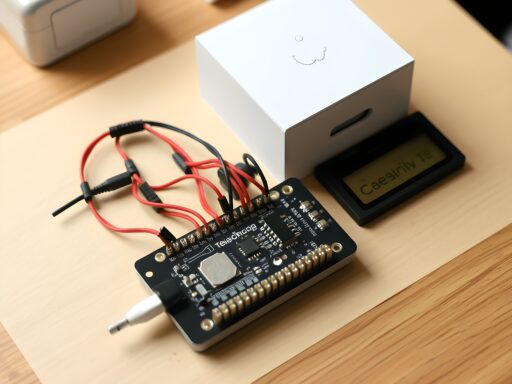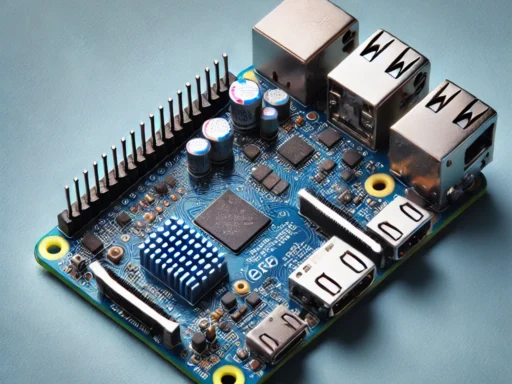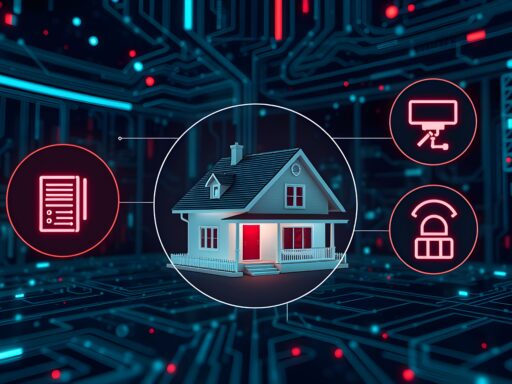In the ever-evolving world of computing, few innovations have made as significant an impact as the Raspberry Pi. Initially designed as an affordable solution to teach programming to children, Raspberry Pi has grown to become a go-to platform for developers, educators, and makers of all levels. The Raspberry Pi 500, paired with the Raspberry Pi Monitor, represents a new chapter in this journey, offering a powerful and compact computing solution for a wide range of applications.
In this article, we’ll explore the features, benefits, limitations, and various applications of the Raspberry Pi 500 and its monitor, delving into the ways they’re shaping the future of computing in home offices, classrooms, and maker spaces worldwide.
Overview of the Raspberry Pi 500 and Monitor
The Raspberry Pi 500 is part of the Raspberry Pi 400 series, designed as an affordable, compact desktop computer built into a keyboard. The combination of the Raspberry Pi 500 with the Raspberry Pi Monitor makes it a versatile and convenient all-in-one desktop solution. This system caters to people from all walks of life, whether you’re a beginner in programming, a teacher looking to incorporate affordable technology into your classroom, or a maker designing your next DIY project.
The Raspberry Pi 500: Compact Powerhouse
The Raspberry Pi 500 integrates the Raspberry Pi 4 model B‘s processing capabilities into a sleek, space-saving keyboard form factor. It’s powered by a Quad-core ARM Cortex-A72 processor running at 1.8 GHz, accompanied by 4GB of RAM (with options for future models to feature more). This allows for multi-tasking, running office software, light coding tasks, and multimedia projects seamlessly.
This compact unit is housed within a full-size keyboard, making it an excellent solution for users with limited desk space or those who desire a minimalistic workstation. The Raspberry Pi 500 is also designed for low power consumption, making it an eco-friendly alternative to traditional desktop computers and laptops.
The Raspberry Pi Monitor: Visual Clarity in a Compact Design
Paired with the Raspberry Pi 500, the Raspberry Pi Monitor offers a high-definition display that can support full 1080p resolution. This monitor is a perfect match for the compact form factor of the Raspberry Pi 500, making the combination suitable for everything from casual browsing to educational tutorials and multimedia use.
The monitor’s thin bezel and lightweight design make it portable, while its versatility allows it to be used in a variety of applications, from home office setups to classroom environments and DIY projects.
Key Features and Performance Capabilities
The performance of the Raspberry Pi 500 is significantly improved compared to earlier Raspberry Pi models, thanks to its updated hardware. Let’s take a look at some of the key features that make the Raspberry Pi 500 stand out in the world of affordable computing:
Processing Power and Memory
The ARM Cortex-A72 processor with four cores provides a significant boost in performance, allowing users to run multiple applications simultaneously without noticeable lag. While it may not compete with high-end desktop or gaming machines, it is more than capable of handling everyday tasks like web browsing, word processing, and light video editing.
In addition, the 4GB RAM ensures smooth performance for light programming tasks and media consumption. The built-in microSD card slot allows for storage expansion, enabling users to load the OS and applications with ease. Advanced users can also attach external drives via USB or network storage, ensuring ample storage for files and projects.
Graphics and Display
The Raspberry Pi 500 supports a Broadcom VideoCore VI graphics processor, capable of driving 4K video output through the HDMI ports. While 4K resolution may not be the primary focus of the Raspberry Pi 500, its performance in handling HD and Full HD content is impressive, making it an ideal device for multimedia consumption.
When paired with the Raspberry Pi Monitor, users benefit from a 1920x1080p resolution and accurate color reproduction, perfect for watching videos, editing photos, or browsing the internet. The display supports multiple input options, making it highly compatible with other devices.
Connectivity and Expansion
The Raspberry Pi 500 comes with multiple ports, including USB 3.0, USB 2.0, Ethernet, and Wi-Fi connectivity. The Wi-Fi support, including dual-band 802.11ac Wi-Fi, ensures seamless internet access for browsing, video streaming, and software updates. Bluetooth 5.0 compatibility expands the number of peripherals you can connect, such as keyboards, mice, or even Bluetooth speakers.
For those who require additional peripherals or hardware, the GPIO pins are also present, allowing users to integrate external devices such as sensors, motors, and cameras. This makes the Raspberry Pi 500 an excellent platform for hobbyists looking to experiment with electronics and build custom DIY projects.
Practical Applications of the Raspberry Pi 500 and Monitor
The Raspberry Pi 500 and its monitor are a powerful combination for a variety of practical applications. Let’s explore how this setup is being used across home computing, education, DIY projects, and more.
Home Computing and Productivity
The Raspberry Pi 500 is an ideal desktop computer for light office tasks. With LibreOffice pre-installed, users can create documents, spreadsheets, and presentations, making it suitable for remote work or students who need to work on essays and research. The Raspberry Pi Monitor enhances this experience with clear visuals, ensuring that users can comfortably multitask.
With its budget-friendly price tag, the Raspberry Pi 500 also offers a great way for users to have multiple workstations at home without the high cost of traditional PCs. Families, roommates, or even small businesses can set up multiple systems, taking advantage of the Raspberry Pi’s low energy consumption.
Education and Learning
In the field of education, the Raspberry Pi 500 is a valuable resource for teaching computing skills. Schools and universities can use the device as an affordable solution for introducing students to programming and electronic prototyping. The Raspberry Pi OS comes with programming environments like Scratch and Python, which make learning programming fun and accessible for students of all ages.
The Raspberry Pi Monitor provides educators with a clear, affordable display solution that works well in a classroom setting. Its bright, full HD resolution ensures that students can follow along during coding lessons, experiments, and collaborative projects.
DIY Projects and Maker Communities
The Raspberry Pi 500 is a DIY enthusiast’s dream, with its support for programming, electronics, and various creative projects. Makers can use the GPIO pins to interface the system with external devices, such as sensors, LEDs, and motors, making it perfect for building automation systems, robots, and smart devices.
The monitor allows makers to display real-time data, control devices, and interact with custom-built systems via user interfaces. For example, builders can design home automation dashboards or IoT (Internet of Things) solutions using the Raspberry Pi 500, integrating various smart devices and sensors.
Entertainment and Media Center
For those looking for an affordable way to set up a media center, the Raspberry Pi 500 is a versatile option. By installing Kodi, users can stream movies, music, and TV shows from local or cloud-based sources. The Raspberry Pi Monitor, with its full HD resolution, enhances the viewing experience, offering a crisp and clear image.
Retro gaming enthusiasts can also benefit from the Raspberry Pi 500’s capability to run classic video game emulators. The system can emulate games from consoles such as the NES, SNES, and PlayStation, making it a budget-friendly alternative to traditional gaming setups.
Advantages and Limitations of the Raspberry Pi 500
Advantages
-
Affordability: The Raspberry Pi 500 offers an extremely cost-effective computing solution. It is priced far lower than traditional desktops or laptops, making it accessible for students, hobbyists, and individuals on a budget.
-
Compact Design: The all-in-one form factor makes the Raspberry Pi 500 perfect for those with limited space. It integrates everything you need in a single, compact keyboard, reducing desk clutter.
-
Customizability: With support for GPIO pins, users can modify and expand their system to fit specific needs, whether it’s for a DIY electronics project or a smart home system.
-
Educational Value: The Raspberry Pi platform, including the Raspberry Pi 500, is an excellent tool for learning programming, electronics, and computer science. Its extensive support and resources make it a great entry point for anyone interested in technology.
Limitations
-
Processing Power: While the Raspberry Pi 500 provides solid performance for everyday tasks, it may not be sufficient for resource-intensive applications like high-end video editing or gaming.
-
Storage Constraints: The reliance on microSD cards for storage limits the total storage space. While external drives can be added, the built-in storage might not be enough for users who need to store large files locally.
-
Limited GPU Performance: While the GPU is good for light gaming and multimedia use, it struggles with more demanding graphics applications and 3D modeling.
The Raspberry Pi 500 and Monitor represent an exciting new era in affordable computing. Whether you’re using it for home productivity, education, DIY projects, or entertainment, this versatile and compact system delivers excellent value. While there are certain limitations in terms of processing power and storage, its affordability, customizability, and ease of use make it an excellent option for a wide range of users.
From beginners learning programming to makers designing the next generation of smart devices, the Raspberry Pi 500 and Monitor empower users to create, explore, and innovate. As technology continues to advance, we can expect the Raspberry Pi platform to remain at the forefront of affordable computing for years to come.
Feel free to check out our other website at http://master3dp.com/ where you can learn to 3D print anything needed for a project.

